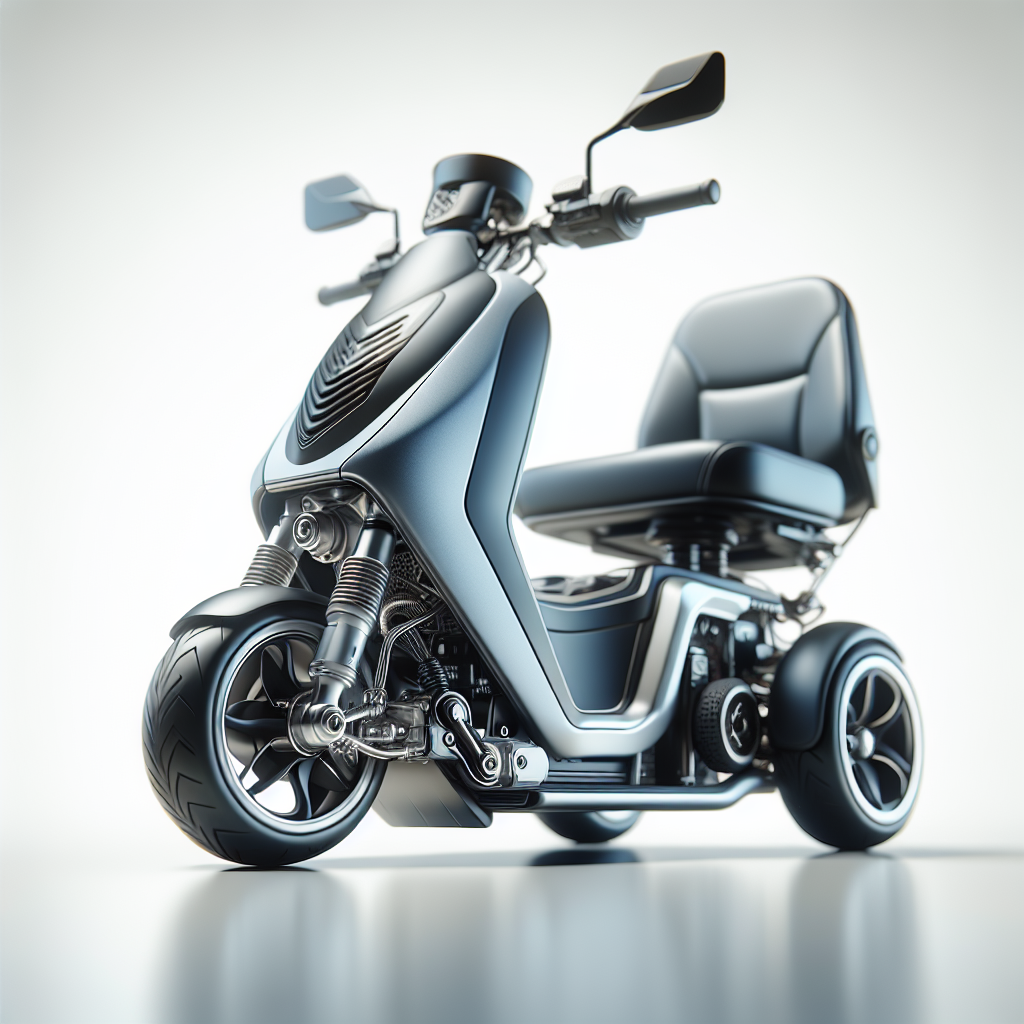If you’ve ever wondered about the noise levels of different mobility scooters, you’re in the right place! In this article, we’ll explore the various noise levels produced by different types of mobility scooters. From the quietest models that allow for peaceful neighborhood strolls to the more powerful scooters that emit a higher decibel level, we’ll break down the noise factors to help you choose the perfect mobility scooter for your needs. Let’s dive in and discover the different soundscapes of these convenient and versatile vehicles.
Factors Affecting Mobility Scooter Noise Levels
When it comes to mobility scooters, noise levels can vary depending on several factors. These factors not only have an impact on the overall noise produced by the scooter but also on the user’s experience and comfort. Understanding these factors can help you choose a scooter that suits your needs and preferences. So, let’s dive into the key factors affecting mobility scooter noise levels!
Motor Type
The type of motor used in a mobility scooter plays a significant role in determining the noise levels it produces. Generally, there are two main types of motors used in mobility scooters – brushed motors and brushless motors. Brushed motors tend to be noisier as they rely on carbon brushes to transfer electrical current. On the other hand, brushless motors are quieter as they use a more advanced technology that eliminates the need for brushes. When selecting a mobility scooter, consider choosing one with a brushless motor for quieter operation.
Motor Power
The power of the motor directly impacts the noise levels of a mobility scooter. Higher-powered motors tend to produce more noise compared to lower-powered ones. Therefore, if minimizing noise is a priority for you, opt for a scooter with a motor that has sufficient power for your needs but is not excessive.
Tire Type
The type of tires on a mobility scooter can also influence the noise it generates. Solid rubber tires are generally noisier compared to air-filled or pneumatic tires. Solid rubber tires can create more vibrations, leading to increased noise levels. On the other hand, air-filled or pneumatic tires provide a smoother ride and reduce noise by absorbing vibrations. Consider choosing a mobility scooter with air-filled or pneumatic tires for a quieter and more comfortable experience.
Suspension System
The suspension system of a mobility scooter can significantly impact noise levels, especially when navigating uneven terrain. Scooters with a good suspension system effectively absorb shocks and vibrations, reducing the overall noise produced during the ride. So, if you frequently encounter bumpy surfaces or plan to use your scooter off-road, opt for a model with a quality suspension system to minimize noise and ensure a smoother ride.
Weight Capacity
The weight capacity of a mobility scooter can influence noise levels, particularly in models with lower weight capacities. Scooters operating near their maximum weight capacity may produce more noise due to increased strain on the motor. To minimize noise, choose a mobility scooter with a weight capacity higher than your own weight to allow for smooth and quieter operation.
Battery System
The battery system in a mobility scooter can also contribute to the noise levels experienced during usage. Older or lower-quality battery systems may produce more noise, especially when charging or discharging. Advanced battery technologies, such as lithium-ion batteries, tend to be quieter and more efficient. If noise reduction is important to you, consider opting for a mobility scooter with a high-quality battery system.
Terrain Conditions
The terrain conditions on which you primarily use your scooter can affect the noise levels experienced. Scooters used on rough or uneven terrain may produce more noise due to increased vibrations and impacts. If you expect to encounter challenging terrain, selecting a scooter with features designed for off-road use, such as larger wheels or enhanced suspension, can help reduce noise and provide a more comfortable ride.
Maintenance and Wear
Regular maintenance and proper care of your mobility scooter play a crucial role in its noise levels. Over time, components may wear or become loose, resulting in increased noise. It is essential to regularly inspect and maintain your scooter, ensuring parts are adequately lubricated and tightened. By addressing any potential issues promptly, you can minimize noise levels and prolong the lifespan of your mobility scooter.
Environmental Factors
Environmental factors, such as temperature and humidity, can also contribute to the noise levels experienced while using a mobility scooter. In colder temperatures, some components may contract, creating additional noise. Additionally, high humidity can cause electrical connections to corrode or rust, leading to increased noise levels. Storing your scooter in a controlled environment and avoiding extreme conditions can help maintain quieter operation.
User Habits
Lastly, user habits can influence the noise levels of a mobility scooter. Aggressive acceleration and abrupt braking can put additional strain on the motor and result in increased noise production. By practicing smooth and controlled maneuvering, you can minimize noise levels and create a more enjoyable experience for yourself and those around you.
Overall, understanding the various factors that affect mobility scooter noise levels allows you to make an informed decision when choosing a scooter. By considering factors like motor type, motor power, tire type, suspension system, weight capacity, battery system, terrain conditions, maintenance, environmental factors, and your own habits, you can select a scooter that provides a quieter and more comfortable ride.
Now that we’ve covered the factors affecting mobility scooter noise levels, let’s explore the different types of mobility scooters available and the noise levels associated with each type.

